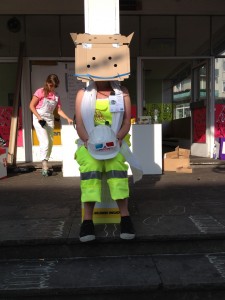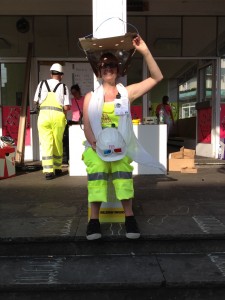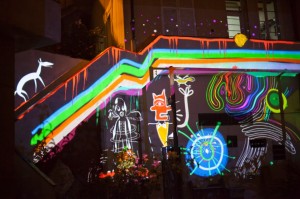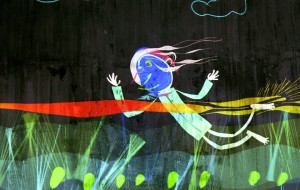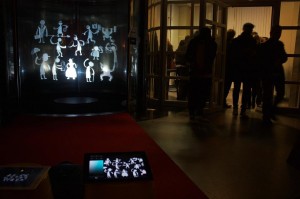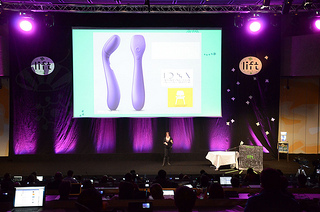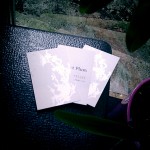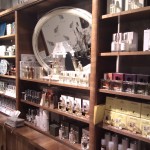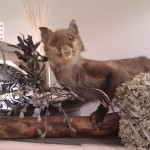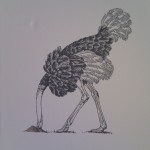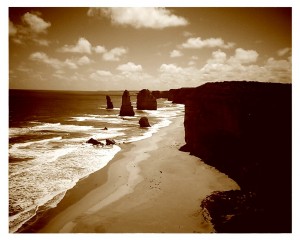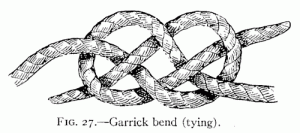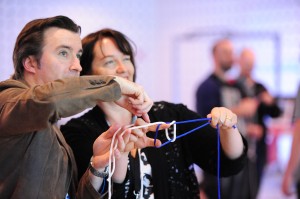
The intersection of space and play is at once obvious and under-explored, though a growing number of playful interactions have been designed in and for interior spaces such as galleries and museums, like Joue le Jeu. By contrast, setting something interactive (and potentially physical/architectural) in a public space, with the context that creates and the constraints it demands, is something most designers have not yet had opportunity to explore. So it’s really exciting to have been invited along with 58 talented practitioners in Architecture, Urbanism, Design, Art, and Community-building to spend 72 straight hours creating a playful installation in a public space in the Ruhr region town of Witten, Germany.
We’ve all been split into five teams, with whom we eat, sleep, work, and play. The “Witten Truffle Pigs” are about half Germans, plus a smattering of Peruvian, Brit, Belgian, Lebanese, and me! The competition officially begins in 6 hours, but we’ve been here for a couple days already, getting to know each other and the town, learning about our tasks and the safety rules, building team spirit, and enjoying ourselves in general – but not enjoying ourselves too much, since we’re about to have a long long sprint.
Follow the Truffle Pig adventures on our blog!
Yesterday we were given a tour around Witten, and then played a warm-up game: a miniature version of our 72 hour experience, compressed into an intense 72 minutes. Complete with “sleeping” (resting in a chair with an sleeping mask) and imaginary roles (mine was as a local resident of Witten), we broke into teams and designed interactions for miniature public spaces like bus stops and phone booths. My game team was tasked with creating “A place for privacy” on a very busy streetcorner. So we make the “Am Chillen” private resting hood, complete with picket fence chalk drawing. From inside the hood you can watch the traffic go by, secure and comfy!
